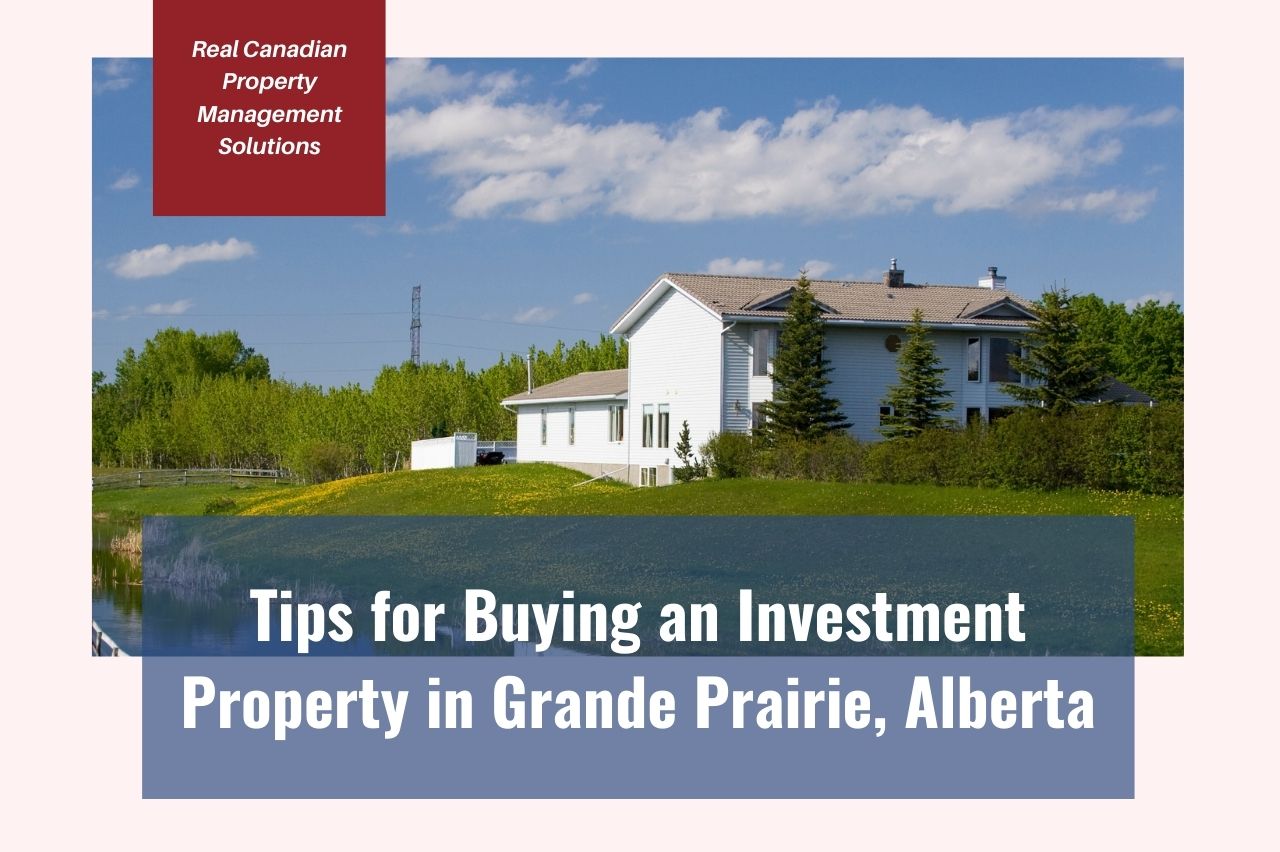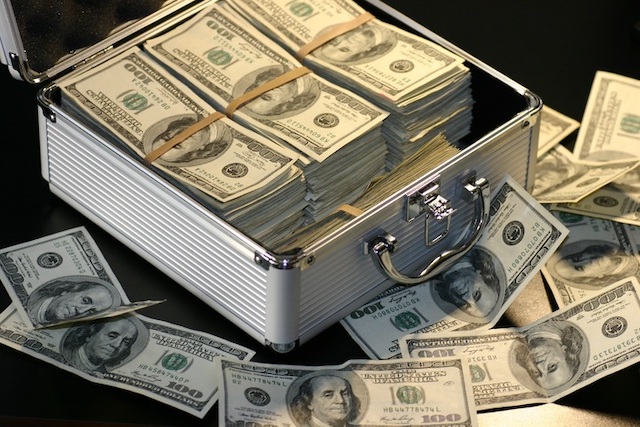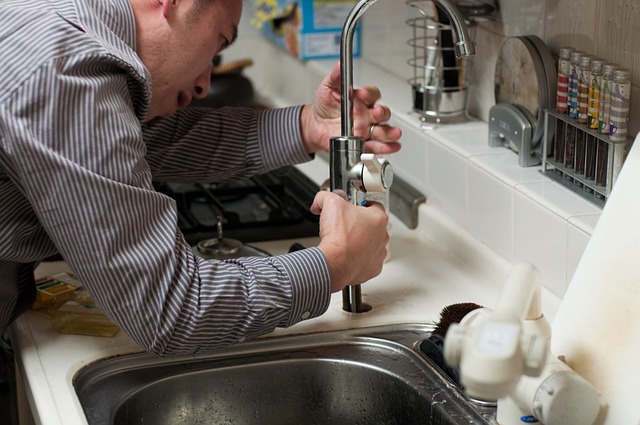
Thanks to increased activity in the local oil and gas industry, the housing market in Grand Prairie was strong for 2018.
According to the Canadian Mortgage and Housing Corporation (CMHC), resales were up 19% for Grand Prairie from the month of January to November 2018. Meanwhile, resales were down 6.4% for the rest of Alberta.
“Economy-wise, the increasing growth in the housing market is as a direct result of the natural gas industry,” said CMHC’s regional economist – Lai Sing Louie.
The price of the average house increased by 4.2% for Grand Prairie while reducing by 2.7% for the province through the most part of 2018.
“Home prices have firmed up and are much stronger than even those of stronger centers,” Louie said. Calgary, for instance, is down by about 5% and Edmonton is down by about 1.4%.
The vacancy rates in Grand Prairie also continue to drop. While the vacancy rate was 4.9% in 2017, it reduced to 3.6% in 2018. This trend is expected to continue even in 2019.
Rents are on an upward trajectory. Louie noted that the average price of rent increased by 10.9 % in 2018. So, supposing the price of rent for a two-bedroom apartment was $1,012 in 2017. It, therefore, means that landlords pocketed about $1,122 in rent in 2018 for the same apartment.
The data points to one thing: the real estate market in Grand Prairie, Alberta is hot right now. This is one of the many reasons investing in Grand Prairie is a great idea.
4 Tips for Buying an Investment Property in Grand Prairie, AB
There is no denying the fact that real estate has produced some of the world’s wealthiest people. As such, it makes sense as to why so many people are attracted to the world of real estate investing.

That said, real estate investing isn’t a guaranteed windfall and this is something that beginners often forget.
To be successful as a real estate investor due diligence is key. Due diligence essentially means doing your homework for the property prior to actually making the purchase. The following are some tips to help you in this regard:
Tip #1: Find the right location.
Any successful real estate investor will tell you this is vital. Location is everything when it comes to real estate investing. It can make all the difference between purchasing a money making machine and a money pit.
What makes a location “right”? When picking a rental property location, look for the following things:
- A neighborhood that has low crime rates. Safety is one of the topmost priorities for quality tenants.
- A neighborhood with a decent school district. If your target renter is a parent with school-going kids, make this a priority.
- An area with low property taxes. Property taxes are an expense. And the higher the property tax, the less income there will be left for you.
- An area with a growing job market. Jobs attract people. And the more the people there are, the bigger the tenant pool.
- A neighborhood with lots of amenities. Good examples of amenities include movie theatres, restaurants, malls and parks.
Tip #2: Calculate your operating expenses.
Operating expenses are part and parcel of running any business and the rental business in Grand Prairie isn’t an exception.
When running a rental business, common operating expenses include mortgage payments, property taxes, repair and maintenance, and property management costs.

Generally speaking, the operating expenses on your new property will likely fall between 35% and 80% of your gross rental income.
Suppose you charge $1,500 for rent in a month and it takes $600 to run the business. Your operating expenses add up to 40%. As a general rule of thumb, expect to pay 50% in total operational expenses.
Tip #3: Buy a turn-key property.
Are you skilled at large-scale home improvements? Or, do you have a contractor who does quality work on the cheap? If so, then it’d probably be a wise choice to choose a fixer-upper.
If you answered ‘no’ to any of the above, it may be in your best interest to just buy a turn-key property.
While it may cost more, a turn-key or a move-in ready home requires little, if any work. It means you can begin advertising your property to prospective tenants right away and if you’re lucky, start collecting rent from the very first month.
Tip #4: Calculate your rate of return.
At the end of the day, if you are like most investors, your goal is to make money from your investment. It’s no wonder many investors find themselves asking – what is a good return on investment for rental properties?
There are various formulas for calculating the rate of return of a rental property. In this example, we are just going to stick with the capitalization rate or cap rate:
Suppose you purchased an investment property and paid $100,000 in cash. You also paid $10,000 in closing and remodeling costs. This now brings the total investment in the property $110,000 ($100,000 + $10,000).
Assume you charge $800 in rent every month. This means that assuming the tenant doesn’t vacate, you’ll earn $9,600 ($800 x 12 months) in rental income that year. Let’s also suppose that operational costs for that year cost you $2,000.
In such a case, it would mean that your net annual return would be $7,600 ($9,600 – $2,000).
To calculate your investment’s rate of return using the cap rate, you would need to divide your annual return by the total cost of the investment and then multiply the result by one hundred. ($7,600/$110,000) x 100% = 6.9%.
The result, 6.9%, would then be your property’s rate of return.
These are the four main tips for buying an investment property in Grand Prairie. Always do due diligence before diving in with hundreds of thousands of dollars. Luckily, this article will help you get started in this regard.